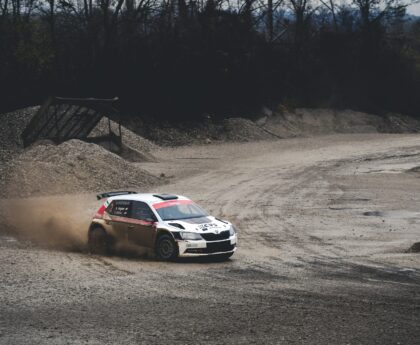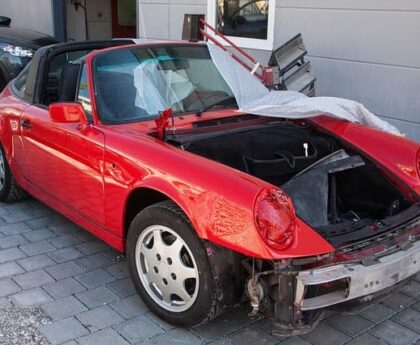Racing teams are spending billions of dollars to develop technologies that can give drivers an edge on the track. Not surprisingly, manufacturers want to get some return on these investments by adopting new technologies and changing the appearance of familiar components of road cars with their help.
Here are a few examples of pure racing technology that ended up becoming an integral part of the cars we’re used to.
– Semi-automatic transmission
The long-forgotten Group C rally went beyond cyberpunk modifications. Perhaps the most significant innovation in this class was the double-clutch gearbox developed for the Porsche 962 in 1984. It allowed gear shifting without disengaging the clutch and was the forerunner of the semi-automatic paddle shifter boxes still used in Formula One today.
Subshifters never became the industry standard, as many predicted in the early ‘noughties, but remain a popular option on many cars, from various Porsche models to the Honda Jazz and Citroen. F1.
– Disc brakes
This technology is still being refined today. Under the influence of Formula 1, conventional cars increasingly do not use steel brake discs, but their lighter and more heat-resistant ceramic counterparts. Of course, Formula 1 cars are still far ahead of production cars in terms of technology – most of them are already made of carbon fiber.
– Active suspension
Conventional suspension can be described as passive: It moves as the road dictates. Active suspension, on the other hand, does not rely on unreliable surfaces, raising and lowering the chassis for each wheel and thus providing improved handling, better traction and a smoother ride.
Early versions of active suspension simply adjusted the stiffness of the shock absorbers, but Formula 1 has taken this technology to new heights and now data about the road surface is uploaded to the onboard computer using special sensors installed in different parts of the car.





